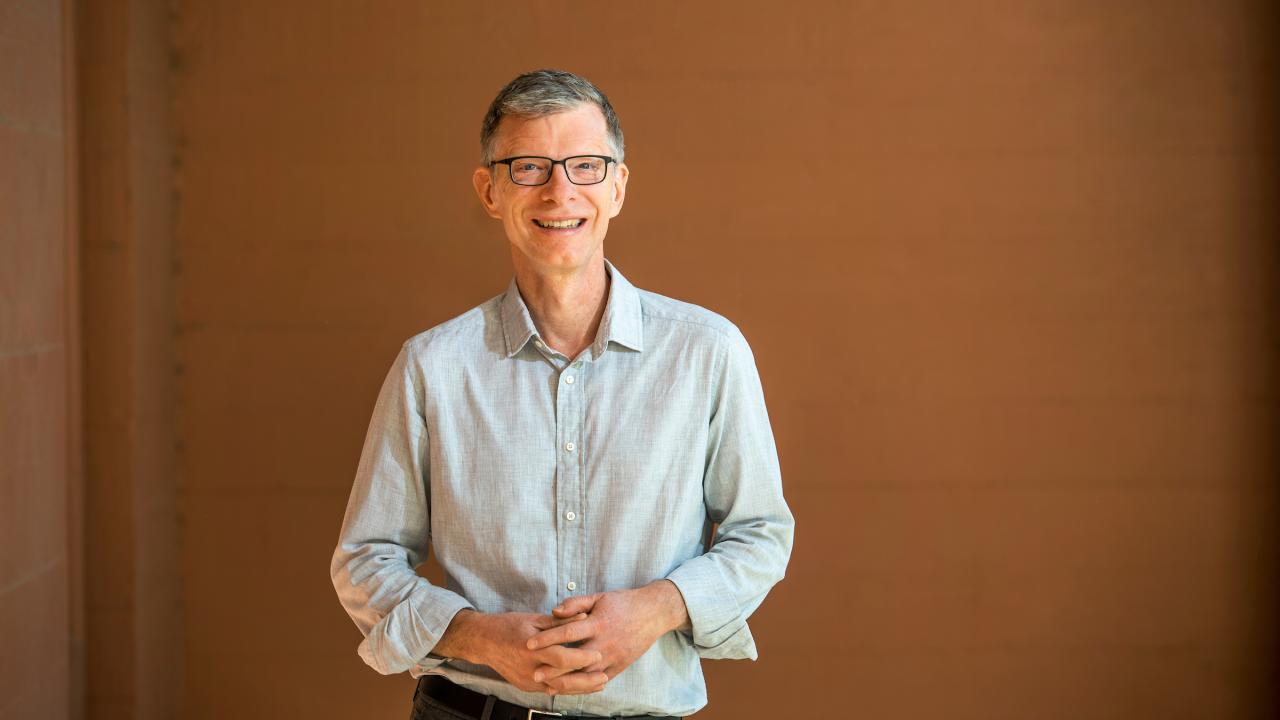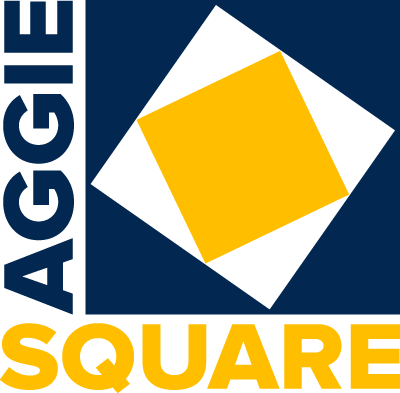
Asking — and Answering — What Aggie Square Can Do For You
By John Marx
Faculty have a lot of questions about how Aggie Square is evolving. The most challenging ones come from faculty who are curious but may not see how exactly they fit into a new campus with the emerging themes of translational research, experiential learning and community engagement.
The opportunity to work differently in some key area — whether research or teaching or service — is clearly a motivating factor for curious faculty who take me up on the invitation to explain where we are in the project’s evolution.
Planning Aggie Square is an evolutionary process; that’s the first thing I try to be clear about. The second is emphasizing Aggie Square’s potential in affording us all different ways of working together on our two campuses.
Imagine the changes that would come from having more students and faculty from the Davis campus working on our Sacramento campus. Instead of separate domains — a college town campus and an urban campus dominated by the operations of UC Davis Health — a larger incarnation of UC Davis that connects the various parts of its Northern California region comes into view.
Meanwhile, the notion of “health” has been getting conceptually bigger as we gather faculty to talk about what types of research might take advantage of Aggie Square’s Sacramento setting. In faculty focus groups and many, many Zoom meetings, faculty have identified larger connotations of “health” that are helping to define the cross-disciplinary research that will happen at Aggie Square.
Already, UC Davis is known for an expansive definition of “health” research. Think of the One Health Institute’s work at the interface of animals, people and the environment. Aggie Square will guarantee that UC Davis continues to be known for such innovation.
"Imagine the changes that would come from having more students and faculty from the Davis campus working on our Sacramento campus. Instead of separate domains — a college town campus and an urban campus dominated by the operations of UC Davis Health — a larger incarnation of UC Davis that connects the various parts of its Northern California region comes into view."
When faculty ask me questions about how they fit into Aggie Square, I often start here, noting how much room there is in “health” for faculty to see their teaching as well as their research.
The two first Quarter at Aggie Square, or QAS, immersive learning experiences demonstrate this principle. One of them brings together a suite of courses and experiential learning components that help undergraduates become “well-versed in the sociocultural and historical factors that influence health care and the social, economic, and political systems through which it is delivered.” Other QAS experiences in the pipeline take health in different directions, into biomedical product development and design, and advancing health care equity, for instance.
Sometimes talking about “health” in this way is enough to get my faculty colleagues to latch on; if not, I note the even more general invitation that QAS offers to teach undergraduates in a different environment. Like teaching students on study abroad programs, new possibilities avail themselves in the urban setting of our state’s capital. A remarkable range of faculty from Religious Studies, Biomedical Engineering, Political Science, Spanish and Portuguese, Science and Technology Studies, and the School of Education have already seen the appeal of experimenting with this new location for our teaching, and either have launched or will launch QAS experiences in the next year. The appeal of QAS is only going to increase as the Aggie Square buildings take shape, as our industry partners arrive and as our community collaborations grow.
If teaching doesn’t provide a curious faculty member with a way to connect to the Aggie Square project, I point to Public Scholarship and Engagement, another anchor tenant, which will have space in the Lifelong Learning Building. Already a lively office for helping faculty do community engaged work, PSE is destined to become more of a magnet for such scholarship once it lives at Aggie Square.
If all that doesn’t provide a clearer picture of the ways that faculty can plug in, I remind my curious colleagues that, as part of its ongoing evolution, the next stage of Aggie Square planning will support teaching and research programs beyond the already expansive “health” scope.
We will look for new opportunities to bring together faculty and external partners to collaborate on public-facing matters they could not address on their own. The planning team will keep collaborating with colleagues in colleges and schools on both campuses, as well as the Office of Research, to identify groups of faculty working on projects that would thrive in the Aggie Square environment. More than anything else, we will keep backing innovators and help sustain their energy with a campus environment that fuels creativity and incubates a start-up mentality.
That’s how we will build a distinct place — a truly new campus — within UC Davis.
At this point in the conversation, it’s generally clear whether faculty members I’m discussing possibilities with see themselves at Aggie Square. It’s OK if they don’t — we’re not moving everyone on the Davis campus to Sacramento. That said, I appreciate that faculty who do not see themselves here at Aggie Square still want to know about what we’re building and about the evolutionary process of planning this project. I like talking about what this new campus could be (obviously). As it evolves, there will be more ways for faculty to plug in. I look forward to more questions about how.
